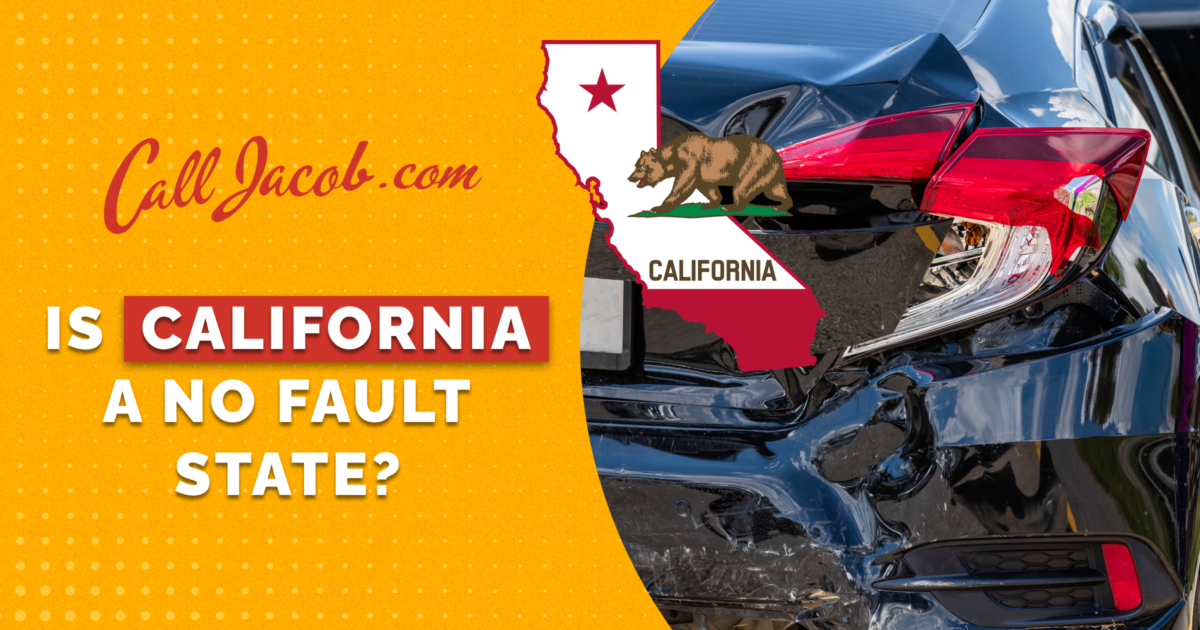California is one of 38 states that don’t follow a no-fault approach to automobile insurance. If a person causes a car accident, they are liable to pay for the damage and injuries. Being an at-fault state means that, in California, all parties involved in an accident will file a claim with the responsible person’s insurance company.
Navigating At-Fault Law
If you’ve been injured in a car accident caused by another party, you can claim compensation from them. First, you must prove liability. The at-fault driver may be found liable for damages, which can include medical expenses, loss of income, and non-economic damages like loss of consortium/companionship, emotional distress, and pain and suffering. The responsible party and their insurance company pays an amount proportionate to their degree of fault.
California law requires drives to have liability insurance with minimum requirements including:
- Property Damage: $5,000
- Injury/Death of One Individual: $15,000
- Injury/Death to Multiple Individuals: $30,000
Using pure comparative negligence, responsibility can be shared when determining the party who is at fault. This means even if you are partially at fault, you may be entitled to compensation. Both plaintiffs and defendants can benefit. The degree of fault is determined by the insurance company, which uses available evidence, including photos, videos, medical records, police reports, receipts, driver/vehicle information, and eyewitness accounts.
How Does No-Fault Law Differ?
In a no-fault state, each victim in a car accident files a claim with their own insurance company, regardless of who is at fault. The process is often faster. There are fewer legal considerations because neither party needs to prove who is at fault. And because insurance companies must pay no matter who or what caused the accident, auto insurance rates tend to be higher. Even if you have a good driving record, the company may still have to pay out a claim due to someone else’s actions or negligence.
In a no-fault state, drivers must have personal injury protection (PIP) coverage. It will cover your medical expenses. As far as property damage, each state’s laws vary. In some states, drivers must submit a separate claim for vehicular damage. A major difference with at-fault law is that the more evidence you have, the more likely you are to receive higher compensation.
Insurance Requirements in California
As stated earlier, you must have liability insurance coverage in California. There are also additional ways to protect yourself. While not required by state law, collision insurance can cover the costs of damage to your vehicle. If you want to have medical bills paid for, then you’ll need to have purchased medical payments coverage beforehand. Insurance rates here are lower than many other states, but extensive legal battles do occur. That’s why you need an attorney to handle any tricky legal issues and insurance companies that are reluctant to pay claims.
Auto accidents often lead to many expenses. At-fault parties don’t always have enough insurance coverage; some don’t have insurance at all. These are challenging cases that may require filing a personal injury claim. A lawyer can help with this so your expenses are covered without paying anything out of pocket. Being compensated for a personal injury can protect you from a great deal of financial hardship.
Injured in an Auto Accident in California? Call Jacob Today!
We hope we’ve answered the question, “Is California a no-fault state?” in a way that clarifies the concept in regard to your situation. We’ve helped clients win millions of dollars in damages. In addition, our team helps find the right medical treatment and get your bills paid. You’ll pay no fees unless we win. Familiar with all California accident and insurance laws, we’re ready to provide you with a free case evaluation.
Continue browsing for more information and additional resources. For your free consultation, call us today at (888) 952-2952.



